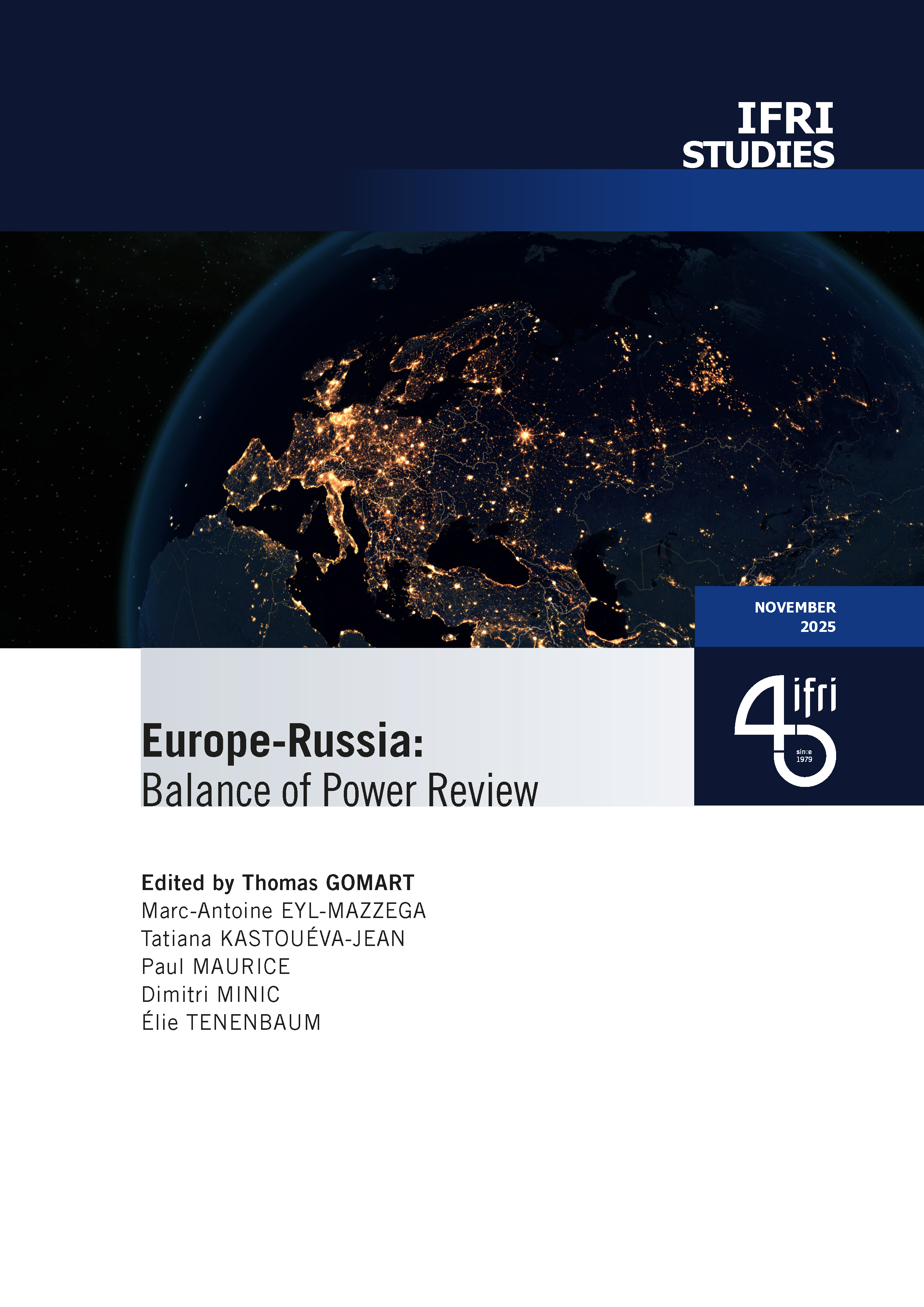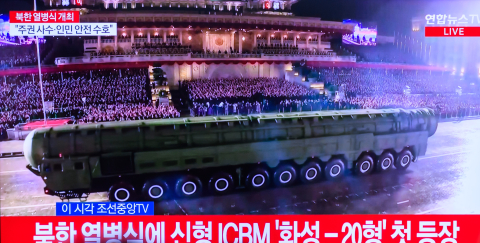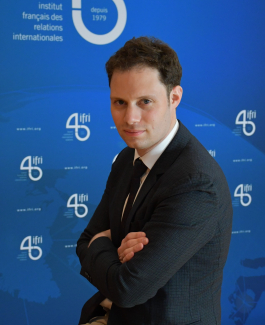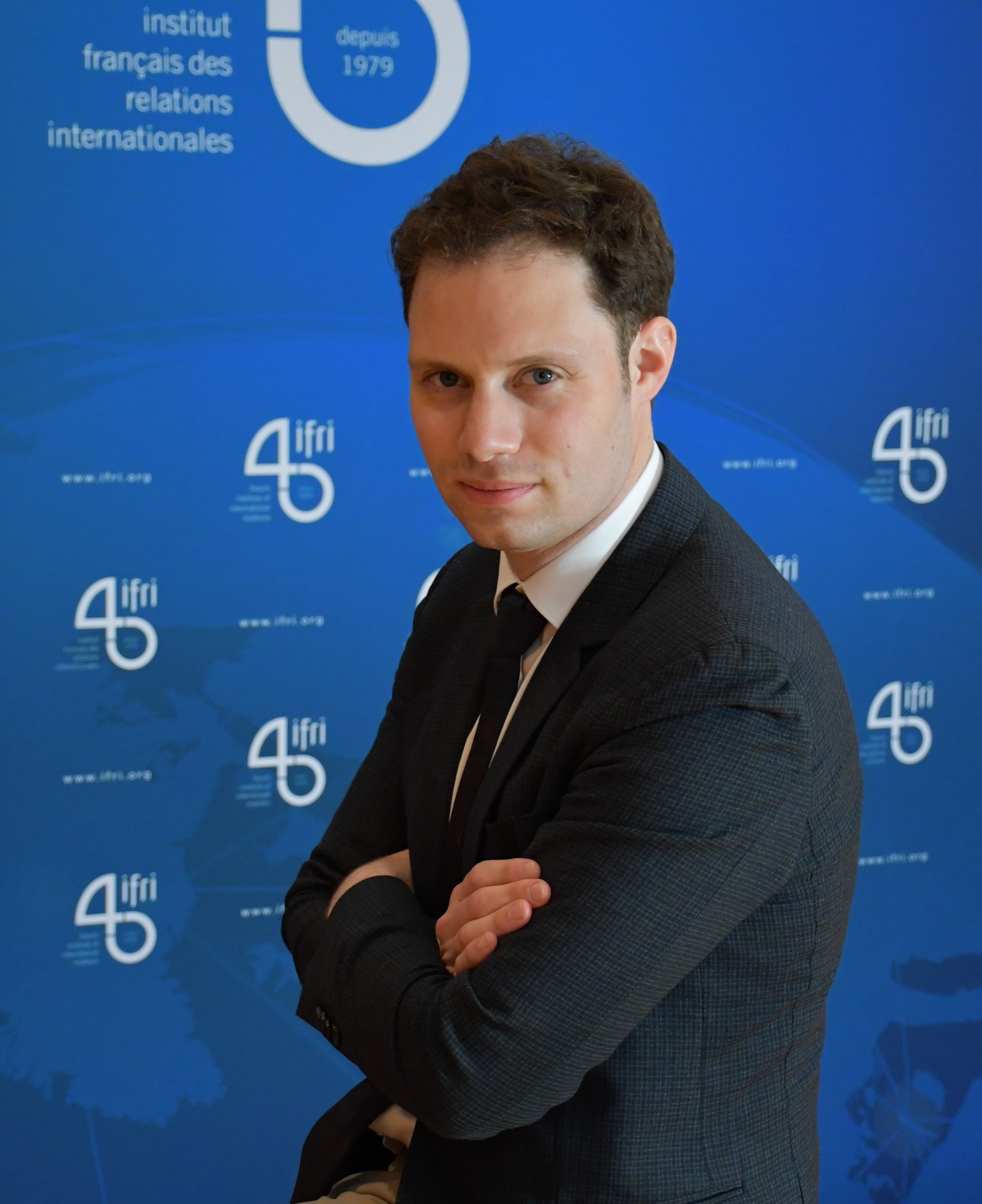High-Intensity Warfare: What Challenges for the French Armed Forces?

The new French Military Programming Law for 2024-2030 resolutely commits the French armed forces to the path of high intensity. However, this term continues to be the subject of debate and confusion within the defense community.
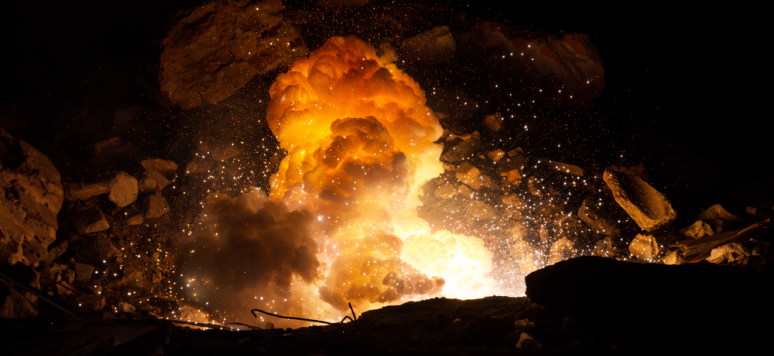
To better understand its scope and implications for France, we need to offer a strict definition of the notion. In military terms, high intensity refers first and foremost to a type of engagement deploying a high level of kinetic energy within a limited space and duration. Added to this energy factor is the level of technological sophistication of equipment (capital intensity) and the lethality resulting from these two elements. A concept of high capability intensity is thus emerging, based on the triptych energy-technology-lethality.
This capability intensity must be distinguished from the political intensity, or virulence, of an armed conflict, which depends above all on the interests at stake. When the stakes are very high for one of the parties, the conflict takes on the aspects of a major war, in which its very survival is at stake. Conversely, when real but non-existential interests are at stake, the result is limited war. While military history offers examples of conflicts combining high political and military intensity, it has also recorded cases of limited wars involving high capability intensity. It is this configuration that seems most relevant to France, where, in principle, the nuclear deterrent protects against any threat to the nation’s vital interests.
This then opens up a wide range of scenarios that fall short of vital interests but lie beyond the capability and operational horizons of the last three decades, which have been characterized above all by crisis management and on which the current format of the French armed forces has been constructed. Strategic solidarity within the framework of the Atlantic Alliance or defense agreements, confrontation with a large or medium-sized power in peripheral areas, confrontation with a “proxy” third-party actor supported by a powerful state, or confrontation in isolated common spaces (the high seas, exo-atmospheric space, cyberspace, the seabed, etc.) are all hypothetical scenarios that would fall within the scope of high capability intensity.
With this in mind, the French armed forces must be prepared to operate in high-intensity environments. Missions in these environments will be characterized by two major factors. The first is high attrition owing to the lethality of a battlefield marked by quantity. To cope with this, we will need to rethink the trade-offs between volume (equipment, ammunition, etc.) and survivability. The second factor is the adversary’s contestation of the commons (air, sea, cyber, information), which will call into question all the elements of military superiority in the Western war model. As a result, operating in the high-intensity arena means giving priority once again to missions of environmental superiority, in order to regain a freedom of action that will be increasingly challenged. For their part, ground forces will no longer be able to take joint support for granted and will need to regain autonomy of maneuver in order to contribute to multi-domain action.
High-intensity warfare is therefore an important prospect for the French armed forces, and one that cannot be brushed aside on the grounds that France has a permanent deterrent. The advent of an unstable world marked by multidirectional strategic competition calls for a thorough reconsideration of the conventional formats and missions of the French armed forces, if decision-makers are to retain their freedom of action on the strategic scale.
Download the full analysis
This page contains only a summary of our work. If you would like to have access to all the information from our research on the subject, you can download the full version in PDF format.
High-Intensity Warfare: What Challenges for the French Armed Forces?


